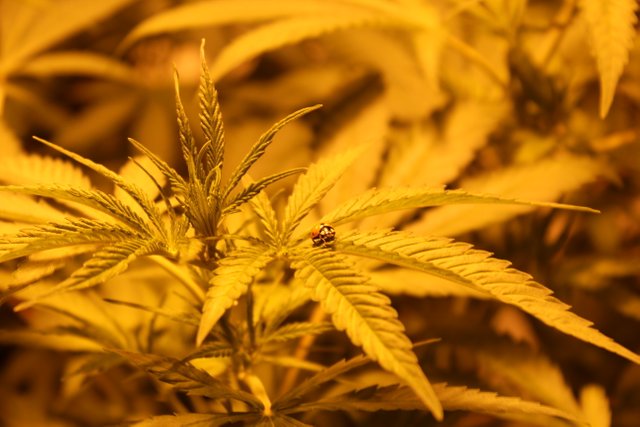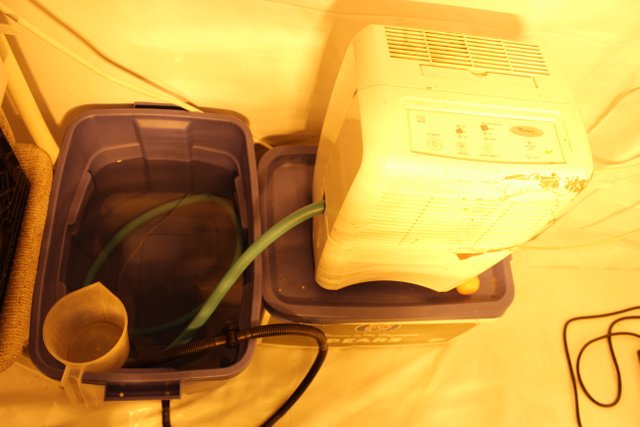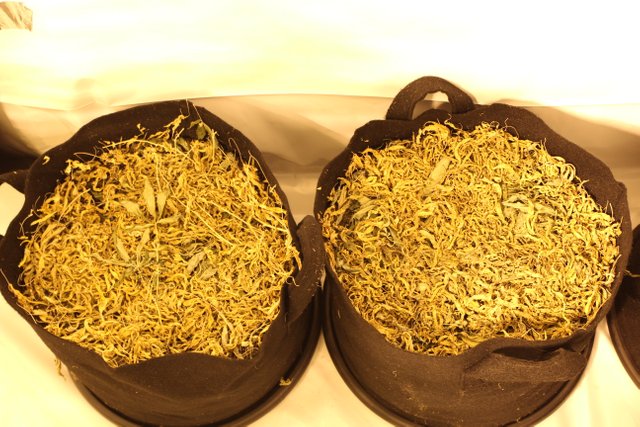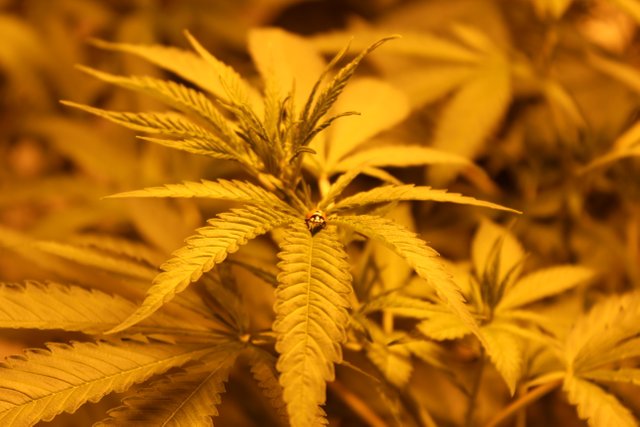Indoor Organic Growing - Top 3 Tips
When making the switch from synthetic to organic growing there is definitely a learning curve. Keeping a few simple things in mind will reduce frustration and hopefully increase the likelihood that you will stick with the change. Most synthetic growers find it hardest to deal with the lack of having instant results. When growing out of the bottle if you need more N, simply add more N. The plant will usually improve within a matter of days. With a living soil system, you see a deficiency? Good luck next round, as anything you add to the soil will take time to break down for future use by the plants.
I will recommend this: If your lively hood depends on your crop, you'd better do your research and know what you're doing before you switch. But hey, it's not all gloom and doom! I've had a great time learning the organic way and have been further rewarded with some amazing flower, even despite deficiencies.
Without further ado, here are my top 3 tips to keep in mind when growing organic.
Tip #1
Use Clean Water: This may be the most commonly overlooked major detail when switching to organic growing. Tap water kills microbes and microbes are the base of organic growing. If you are using tap water you are destroying the life within your soil and limiting your plants to the available nutrients in your soil while wasting the potential nutrients that would be made available through decomposition by micro-organisms. Leaving tap water to sit out for 24 hours will allow the chlorine to evaporate, the chloramines will remain to devastate your soil. R.O. water and/or water from a dehumidifier is great.
Tip #2
Allow Living Pots To Mature: Most recipes you find will recommend you allow living soil to sit undisturbed for 30 days. I have heard up to 90 days recommended. My first run at living soil I did not follow this advice. I got 1 great run out of the soil but the second was extremely nitrogen deficient into mid-flower. This time I'm Leaving my pots for about 60 days. We'll see what happens! It is reportedly possible to achieve continuous success in a no-till environment with the right set-up. This is my goal: To be able to keep re-planting plants into the same soil without removing the roots from the last one and never using nutrients aside from compost teas. I'm talking earthworms and everything!
Tip #3
Bugs Are Your Friends: This one is also hard to get over when moving to organic from synthetic. When using living soil you are not able to destroy the bad bugs while leaving the good. Your only option is to achieve balance. Funny story: I had some fungus gnats beginning to annoy me just as I was switching a portion of my grow to living soil. The living soil ended up having predatory mites that ate fungus gnat larvae in it. I scooped some of these mites up with a piece of paper and distributed some to the other pots affected with fungus gnats. Bam! Fungus gnats under control. I actually brought in a few lady bugs this run to see how they do. Check out the photo at the beginning of the post as well as below.
Grow Organic
Even without achieving the best results possible, I find that pure, true organic smokes smoother than anything you'll ever try. The smoke is so clean, the flavor profile and terpenes seem enhanced yet subtle. And it is very strong - comparable to the same strain grown back-to-back with nutrients. Honestly, I'm not a believer. Results speak for themselves: Mother Nature's got it right.




I use RO water and discovered I had to add a cal/mag supplement. If your using living soil will you be good and not have to add a cal mag supplement?
RO water will tie up some nutrients to harden itself up a bit, Cal/Mag being of some of the more susceptible. If your living soil is balanced properly you shouldn't have an issue using RO water with a living soil. It's a little different as you are looking to provide the microbial life what it needs to break things down for your plants. You're not dealing with soluble nutrients in the same way as you are out of the bottle. With living soil you feed your soil, not your plants.
I am still learning a lot as far as organic growing, there may be variables I am unaware of related to this issue.
Thanks for the comment!
Great post. I recommend using outdoor soil for organic indoors. I have tested store bought soil vs outdoor and the store bought goes moldy more often with organic indoor. cheers.
Good tip... I've been using a 1/3 peat, 1/3 worm castings, 1/3 compost base so far and heven't had a problem. I will have to try some "wild" soil and test er out!
Wow that's the exact mix i use!
Peat Moss Worm Castings And Soil. :)